After four fabulous days in Kyoto, we took a local train an hour outside of Kyoto to Nara, a city famous for its temples and wild but friendly deer.
Nara was the first permanent capital of Japan in 710 before it was moved to Kyoto in 794. The city is full of cultural treasures including some of Japan’s oldest and biggest temples, and is home to Nara Park with the famous tame deer. It is possible to visit Nara as a day trip from Kyoto (and also Osaka), but we decided to stay over and enjoyed another typical Japanese ryokan for the evening.
There are so many temples and things to see in Nara and Nara Park is where the all main sights are. We started at Kofuku-ji Temple with its 50 m high five-storied pagoda, the second tallest wooden pagoda in Japan. The temple is undergoing restoration works and is currently closed to visitors.
We continued on to Todai-ji, a Buddhist temple and great Nara landmark. On the approach to the temple is the Nandaimon Gate with two statues of the fierce looking Nio Guardian Kings (most Buddhist temples in Japan have these) guarding the approach to the Buddha. The temple was built in 752 and rebuilt twice after fire with the current Big Buddha Hall dating from 1692. The hall was built in the same style as the original and until 1998 was the world’s largest wooden structure despite being a third smaller than the original! The current building is 57 metres long, 50 metres wide, and 49 metres high. There were lots of people at the temple and in the grounds but it didn’t feel crowded due to the sheer size and available space. This hall houses a 15 m tall bronze statue of Buddha, one hand is as tall as an adult human!
We wandered around some other temples and shrines near Todai-ji and enjoyed some views over Nara before making our way further into the park. We found Kasuga Taisha Shrine, a Shinto shrine dedicated to the deity responsible for protecting the city. One of the features of this shrine are the hundreds of brass and concrete lanterns donated by worshippers hanging all around the shrine and grounds.
We enjoyed being outdoors and wandering through this park the whole day. We also enjoyed the relatively tame, but sneaky and often cheeky, deer. The deer are free roaming throughout the park, temples and shrines. One can purchase a pack of deer crackers to feed them. We had great fun feeding them through the day and watching their antics of hustling more crackers from unsuspecting and nervous tourists. Top tip: keep your stash of crackers out of sight and only bring out one at a time. Also keep a hold of your map and accessories.
We ended the day with a sunset walk around Sarusawa-Ike Pond with views of the 5 storied pagoda in the background. A very special end to a wonderful day.
From Nara we caught the local train back to Kyoto and then the bullet train on to Kanazawa. Our first taste of more countryside views from the train. Kanazawa is flanked by mountains and sea and as such was historically shielded from outside influence. The area focused on culture when Japan modernised and the lack of industry is what spared it from bombing and destruction in World War II. Much of the old city including the samurai districts and chaya entertainment districts have been preserved. After a quick stroll and an amazing sushi lunch at the large and sprawling Omicho seafood market across the way from our hotel, the remainder of the afternoon was spent exploring Kanazawa Castle, the Castle Park, and Kenrokuen Garden.
The Maeda clan began to earnestly build Kanazawa Castle from 1583 and it was subsequently rebuilt after many wars and fires through the years. The castle is currently being rebuilt and renovated and is modelled on how it looked in the 1850s. There are some surviving structures such as the Ishikawa Gate from 1788 but most of the buildings are from the 2000s and work is ongoing. Traditional building methods are being used however and there is a lot of information at the castle about these techniques making for a very interesting visit. The castle grounds are huge and well kept and free to wander around with castle walls all around and interesting gates and castle keeps here and there.
Next door to the castle is Kenrokuen Garden. The most famous attraction of Kanazawa, Kenrokuen Garden once formed the castle’s private outer garden. Translated to mean ‘garden of six attributes’, Kenrokuen achieved the difficult task of combining all six qualities of a perfect landscape: spaciousness, seclusion, ingenuity, air of antiquity, flowing water, and views. Covering 25 acres, this strolling style garden features meandering paths, a large pond, bridges, several tea houses, the oldest fountain in Japan, a special stone lantern with two legs, viewpoints, and hidden nooks. There are several special trees including the Karasaki Pine which was planted from seed but is now a huge tree. Its branches are supported year round and the entire tree protected from the weight of snow in winter. The garden is known as one of the Three Great Gardens of Japan and some say is the most beautiful. We enjoyed a long stroll through the garden in the special late afternoon light.
Kenrokuen Garden
Our only full day in Kanazawa started bright and early in the Higashi Chaya District. Meaning ‘Eastern Teahouse District’, Higashi Chaya is a beautifully preserved geisha district full of wooden chaya or teahouses. During the Edo period, chaya were aggregated in designated entertainment areas just outside the city. During this period two-storey buildings were prohibited except for the teahouses. On the outside of the first floor is a wooden lattice and a raised second floor with traditional Japanese-style guestrooms for entertaining wealthy guests with traditional music, dancing, and drinking games. Most of the chaya have been converted into cafes and shops, but a few are still traditional teahouses with geisha entertainment in the evening. We arrived early when all the stores were still closed and all was quiet. It was special walking around in the stillness and calm of the morning. Soon everything opened and it became quite lively.
Kanazawa is well known for the production of fine gold leaf. The gold leaf covering the Golden Pavillion in Kyoto was produced in Kanazawa. Some stores were selling gold leaf products including cosmetics, ornaments, and even edible gold leaf covered ice cream!
We enjoyed a wonderful few hours in this area and also stumbled upon a few shrines as you do and also the stone bridge crossing the Asano river.
In the afternoon, we headed in the opposite direction to find Samurai houses and other treasures. One such treasure was the Oyama Shrine. A Shinto shrine dedicated to Maeda Toshiie, the first lord of the powerful Maeda Clan, built on the site of a Maeda family villa. The shrine is known for its unusual gate designed by a Dutch architect. There is also a lovely strolling garden which was the garden of the villa. A lovely happened upon location.
From Oyama Shrine we wandered across the road and into Nagamachi, the Samurai District. At that time, the castle was the centre of the city and the wealthy upper classes were given land closer to the castle while everyone else lived on the edges of the town. This district near the centre of town was where the middle to high-ranking samurais lived. Nagamachi is incredibly well preserved having escaped fires and bombing in WWII. As such it retains many features from the Edo period including narrow stone streets, drainage and water system that is still in use today, and of course samurai houses with their original earthen walls which are covered with straw mats in winter to protect them from frost and cracking. It was so quiet and peaceful walking around this area, almost no one else was around, it was very special.
Some of the samurai houses have been restored and allow visitors. One of these houses is Nomura Samurai House of the Nomura family. The Nomura family served the Maeda family from the 16th Century to the end of the Edo period in the mid 19th Century. The class system ended with the Edo period and many samurai houses were destroyed. The Nomuras had to sell property and this house fell into ruin. Today the house is owned by the city and has been beautifully restored to its former glory. Treasures inside the house include a suit of samurai armour, beautiful painted screen doors, panelled ceiling with cypress wood, and a tiny but most beautiful garden complete with a small waterfall.
Another house is the Takada Family House with a stroll garden. Around Kanazawa (and Japan in general), there wasn’t much information available in English about the places we visited. But this house had lots of interesting information about what samurais actually did on a daily basis and what the different parts of the house were used for. Definitely worth a stop.
We really enjoyed wandering around this area and enjoyed a tea break along a canal too. At one point in the afternoon, a TV crew stopped to talk to us. They were interviewing foreigners in the city asking them about their time in Kanazawa and Japan. It was very unexpected and awkward and left us laughing. We don’t know if we made the cut onto the program or not lol.
Our last stop for the day was the Kutani Kosen Kiln, a kiln producing traditional Japanese pottery and crockery but it was a little disappointing. We also popped in at the Myoryuji or Ninja Temple, so called because of its many deceptive defences such as hidden tunnels, secret rooms, traps, and a labyrinth of corridors and suitcases. The temple was already closing by the time we arrived so we only got to see the outer courtyard. Overall though, Kanazawa was a very worthwhile stop.
The small but impressive garden at the Nomura house
The next day was largely a travel day to our next destination Kamikochi in the Japanese Alps with a bullet train, rapid train, a short stop at Takayama, two buses, and a final walk to our accommodation. We enjoyed the most beautiful scenery today, lots of rice fields and winding mountain scenery. And there was time to stretch our legs with a walk along the river before dinner.
Takayama is a small historical town in the mountains. It gained importance in the Edo period as a source of timber and skilled carpenters. It boasts a beautifully preserved old town with wooden houses and buildings. We packed all our luggage into a locker at the station and spent about two hours wandering the streets of the old town. We had a fab lunch at a hole in the wall place and an ice cream and then headed back to the station to catch the bus on to Kamikochi. We managed to get front seats on the bus and enjoyed the most amazing country and mountain views, such a treat.
Kamikochi is a resort area in the Northern Japan Alps along the Azusa River about 1500 m above sea level. It is part of the Chubu Sangaku National Park and is surrounded by mountains with some incredible mountain scenery. Access is strictly by bus or taxi with no private vehicles allowed. The area is fully closed for 5 months over the winter with no road access through the tunnel. The owner of our accommodation was telling us how they ski in a few times during the winter to check in on everything and do maintenance. Such a wild thought for us!
The area is largely undeveloped with only a few hotels and as such retains all its natural beauty and charm, ideal for nature lovers. The valley along the Azusa River is ~15 km in length and is a lovely forested area. Unlike most mountain destinations, it’s possible to walk the length of the river on completely flat terrain making it accessible and enjoyable for everyone, not only for avid hikers and mountain climbers. It was also a very pleasant 20 to 22°C while we were there, it was refreshing to need a light jumper for a change!
In the centre of Kamikochi is Kappabashi or Kappa Bridge with the information centre and a few cafes around the bridge and the bus station a 5 minute walk. Our accommodation was a family run traditional Japanese Onsen near the bridge and was the best of all the places we stayed at in Japan. A lovely wooden building with private rooms and thoughtful touches such as a flask of hot water waiting in your room after a long day walking in the mountains with some tea and traditional sweets. Being so remote, most of the accommodations provide full board with breakfast and dinner included. We weren’t sure what to expect but the meals were several courses and just fantastic, the best of our time in Japan. We were expecting to socialise with other guests at dinner but enjoyed a private table for just the two of us for each meal. Being a traditional onsen, there are no private en suite bathrooms, only one large shared traditional bath house. We were not sure about bathing with other guests lol but it actually all worked out fine. It wasn’t as awkward as we expected and were there at times when we were mostly alone anyway. We are used to socialising with other guests at dinner and having private showers, here it was the other way round. The owner was super friendly and approachable and very knowledgeable about the area. He gave us his own homemade maps and advised us on hikes and about the weather and trains. The chef is his daughter and so very modest about her abilities. Overall a fantastic stay and very much recommended.
Kamikochi is not that easy to reach but well worth the effort, and as such we stayed for 3 nights to make it worth the while. The first afternoon there was only enough daylight left for a quick walk around the main part of the area and a short walk along the river, a taster for the next few days. The owner advised us that it would rain from midday the following day. We decided to stick to the flat paths for the first day and walked up the river to Tokusawaen, ~12 km return trip along the river and through the forest. On the way we passed Myojin-ike Pond and the Hotaka-jinja Shrine. We were conscious of the coming rain and sure enough it arrived at exactly midday. Japan. The only country where even the rain is on time. But we were fortunate and it was mostly a light rain until we reached the safety of the lodge. And we were thankful for the umbrellas the owner encouraged us to take as we headed out the door in the morning.
This was the first rain interrupted day of the entire trip so we couldn’t really complain. The rest of the afternoon was spent reading and taking a much needed nap! The ‘holiday’ had been very full on and an afternoon of rest was very welcome.
The hike on the first day and the rain setting in.
The owner informed us at dinner that the next day would be fantastic weather and perfect for tackling a mountain hike. He recommended the route up to the Dakesawa Hut and furnished us with his own map complete with pictures. The day indeed dawned bright and clear and we were ready to head out early after another fantastic breakfast.
The hut is about 4 km from and 700 m above Kamikochi on a well marked trail. Part of the trail has boardwalks but higher up its more logs and large stones. An incredible hike and not too demanding. Bron was so pleased to manage ok after her recent calf and ankle injuries. At the hut we enjoyed a simple tea and fantastic views. From Dakesawa Hut it’s possible to hike up further to the next hut but we were not really prepared for this and decided to head back.
We got back down the mountain around lunch time and enjoyed another staple noodle lunch at a cafe near Kappa Bridge. With still the whole afternoon left and lots of sunshine, we walked the flat route along the river to Taisho-ike Pond in the opposite direction of the day before, about 8 km return. We averaged 12 to 15 km of walking a day in Japan, this day we walked ~18 km, the most of the trip. Another fantastic walk in the forest surrounded by mountains, so special and rare for us these days.
And then suddenly it was our last evening and morning in Kamikochi and time to leave. We woke up early to more rain and quite some strong winds. Unbeknown to us a typhoon was approaching. Fortunately we were on the edge and only caught the tail end of it but it was enough to cause some travel disruptions, however we made it to our next destination all fine just a little delayed. Our thoughts were with those in the flooded areas at the centre of the typhoon.
Our next and second last destination was Lake Kawaguchi in the town of Kawaguchiko, one of the five lakes around Mt Fuji. We arrived mid afternoon, enough time for a stroll around the lake to take in the sight of Mt Fuji. Unfortunately it was so cloudy and rainy that we didn’t see any hint of mountains. It was such a shame and a real pity. Best laid plans and all that jazz. From the most kilometres walked the day before, this day was our least kilometres walked on the trip with just 9 km.
We were hoping it would clear up through the night but no such luck, there was just as much cloud in the morning. We originally planned to spend most of the day in this area and move on to Tokyo in the late afternoon but due to the rain and cloud decided to head out earlier. We enjoyed another quick walk along the lake and then headed to the train station and on to Tokyo. We felt comforted that most visitors in the summer don’t see Mt Fuji, winter is a better time apparently.
We arrived in Tokyo to sunshine and no clouds and with still a whole afternoon ahead, headed out for some sightseeing in this crazy busy city.
See you next time for more on our time Tokyo!
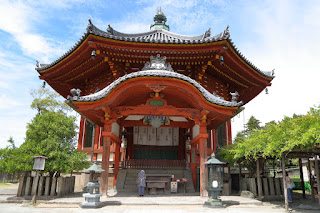

































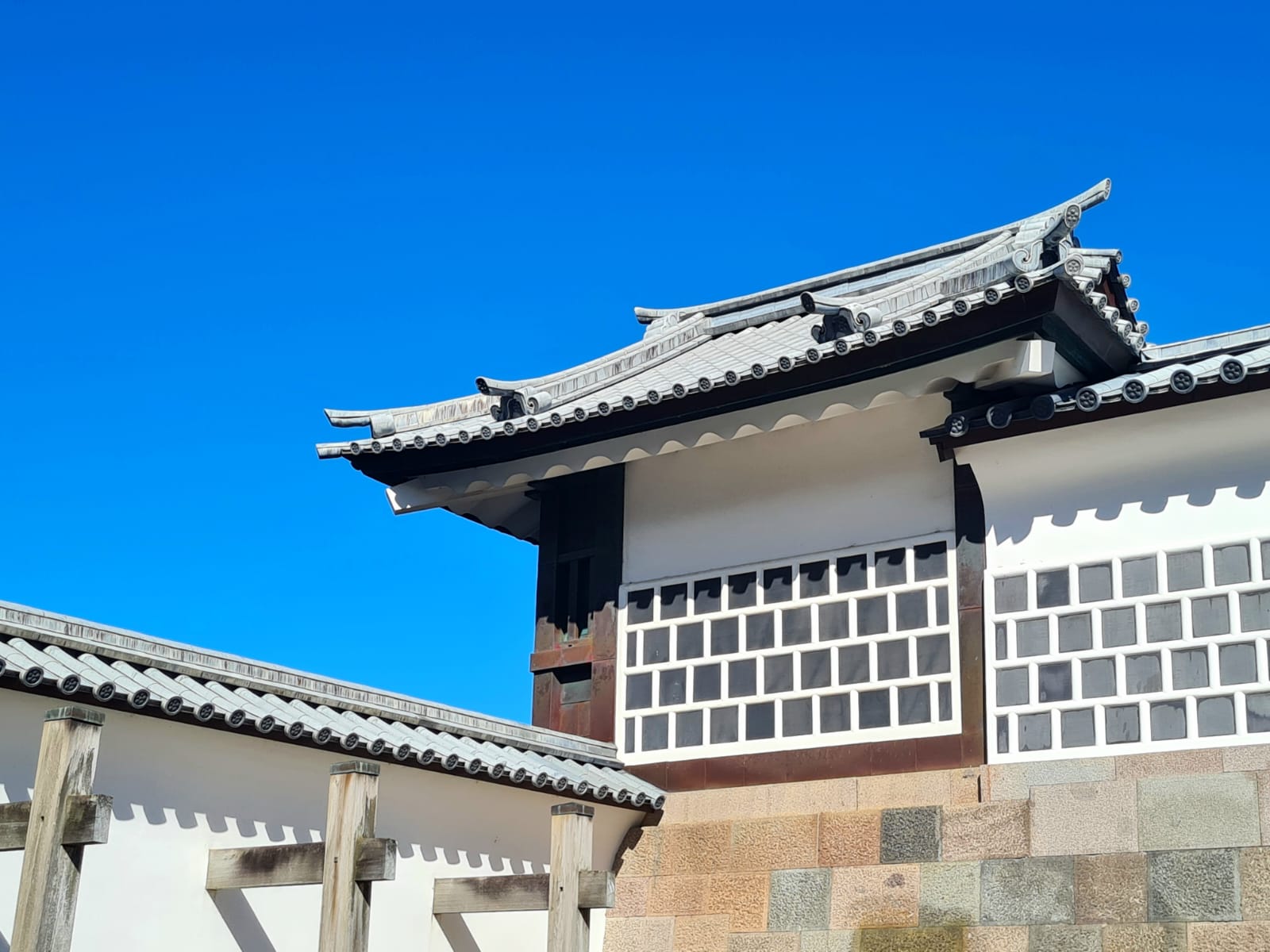


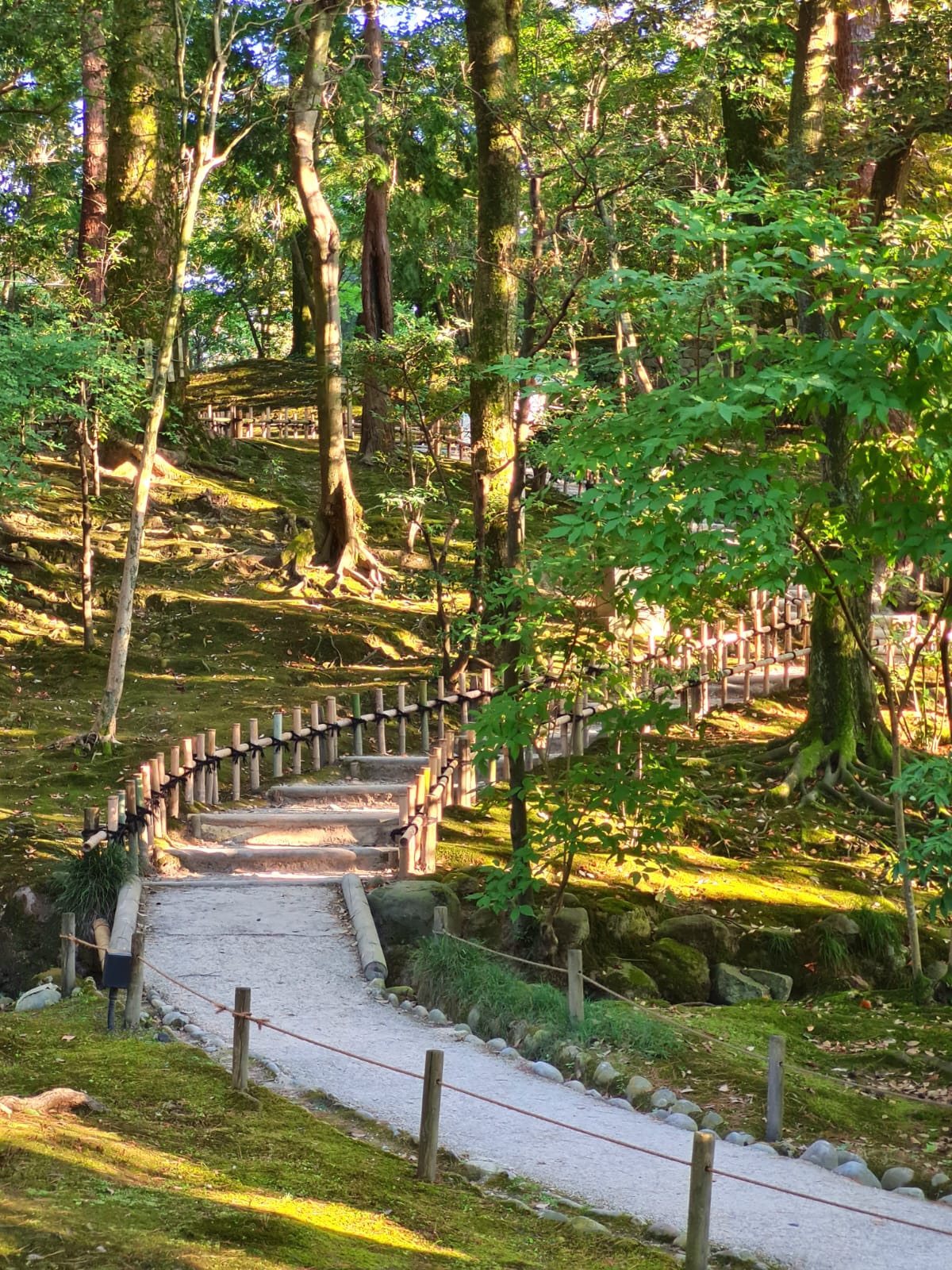



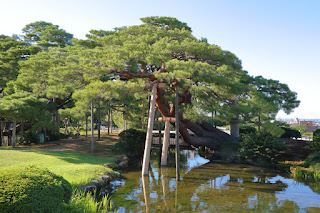






























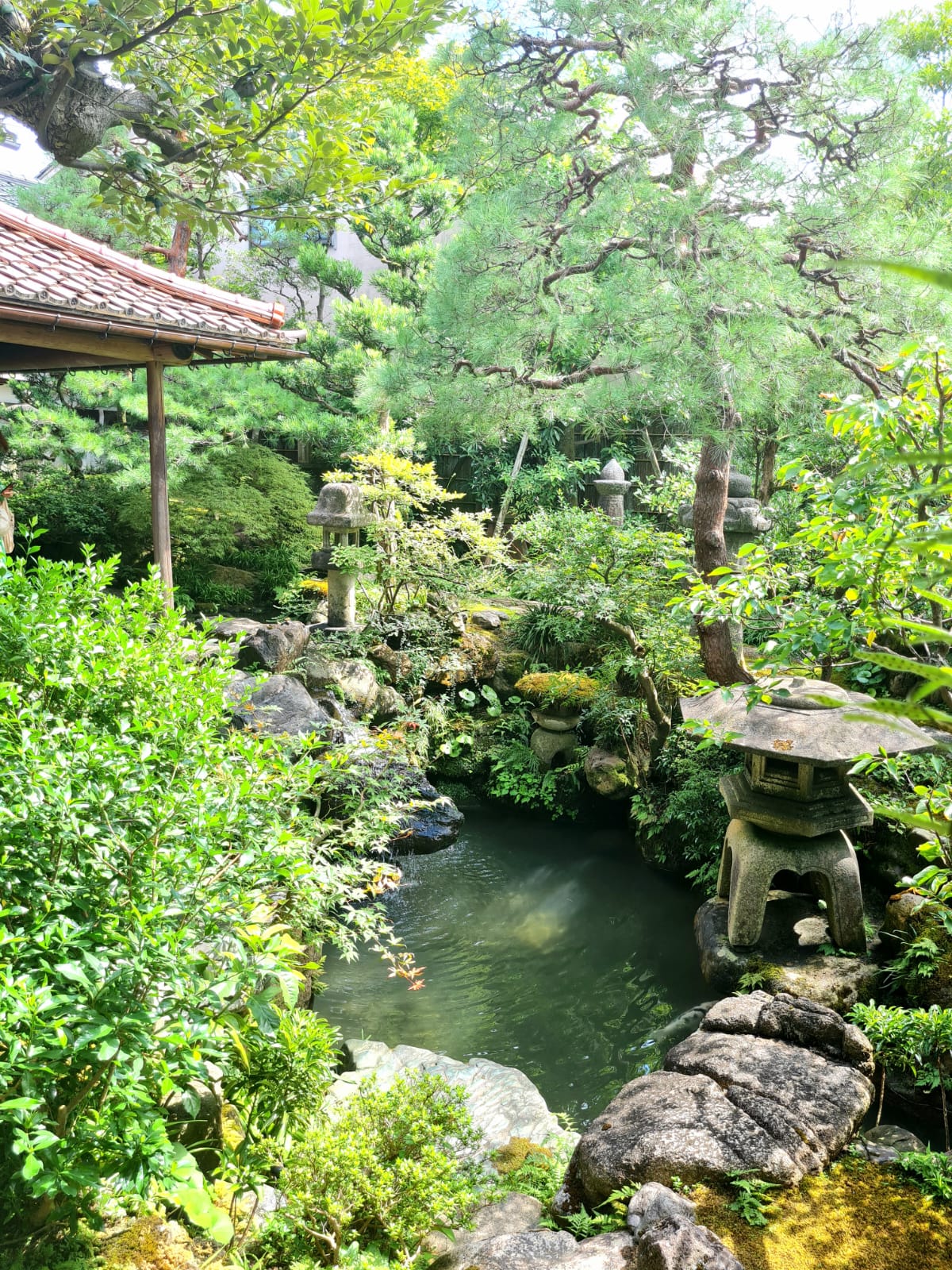


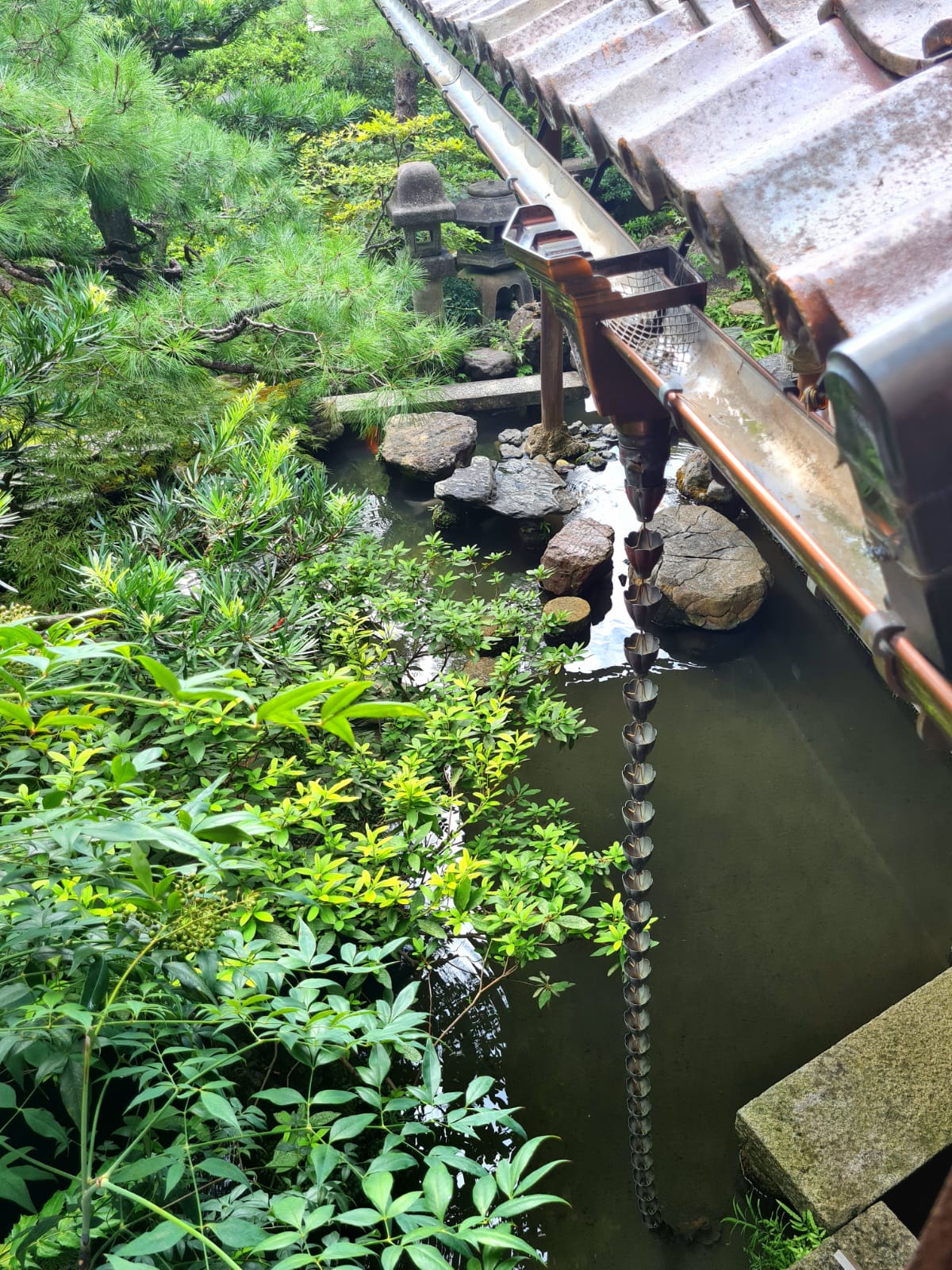

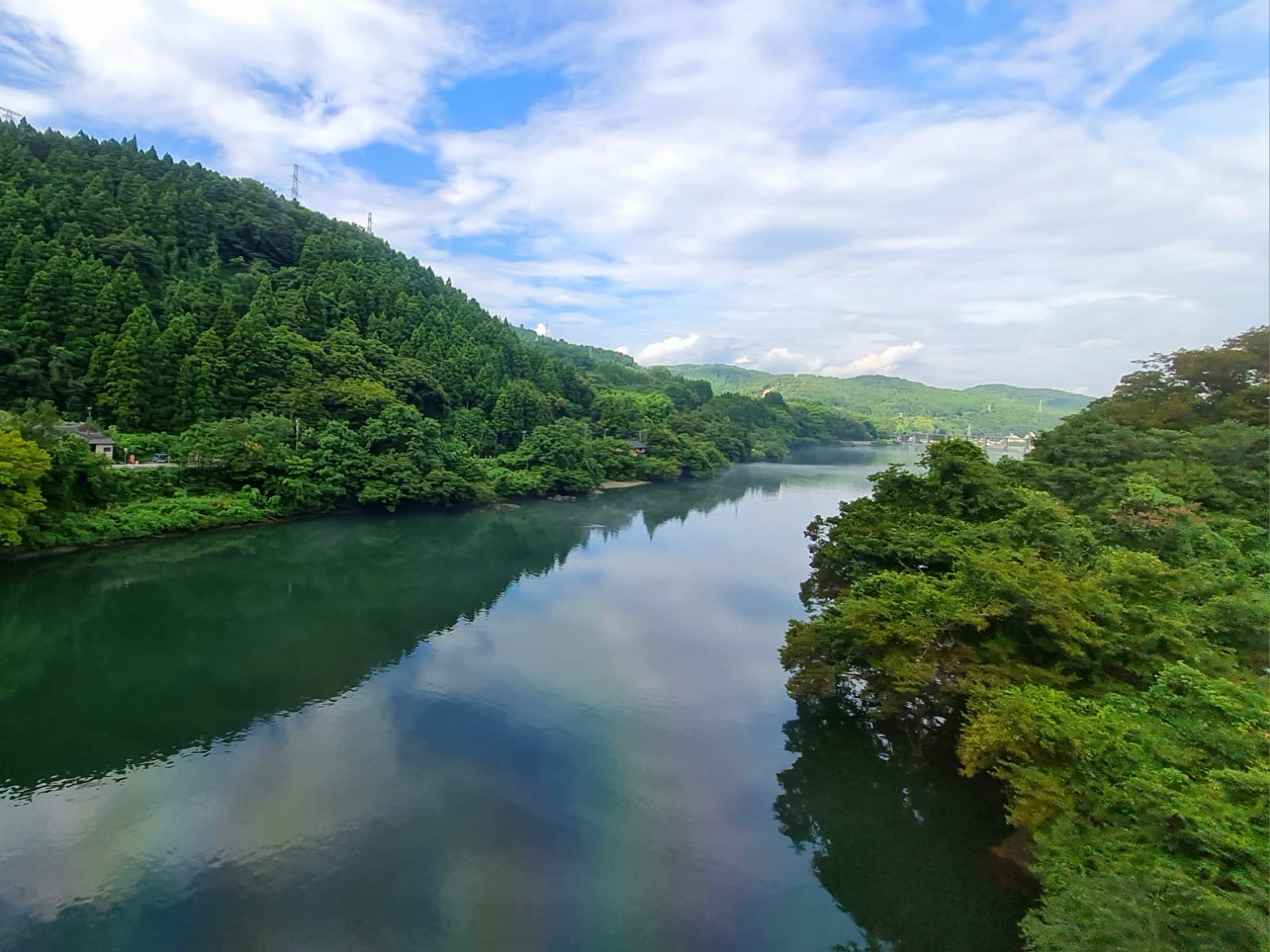





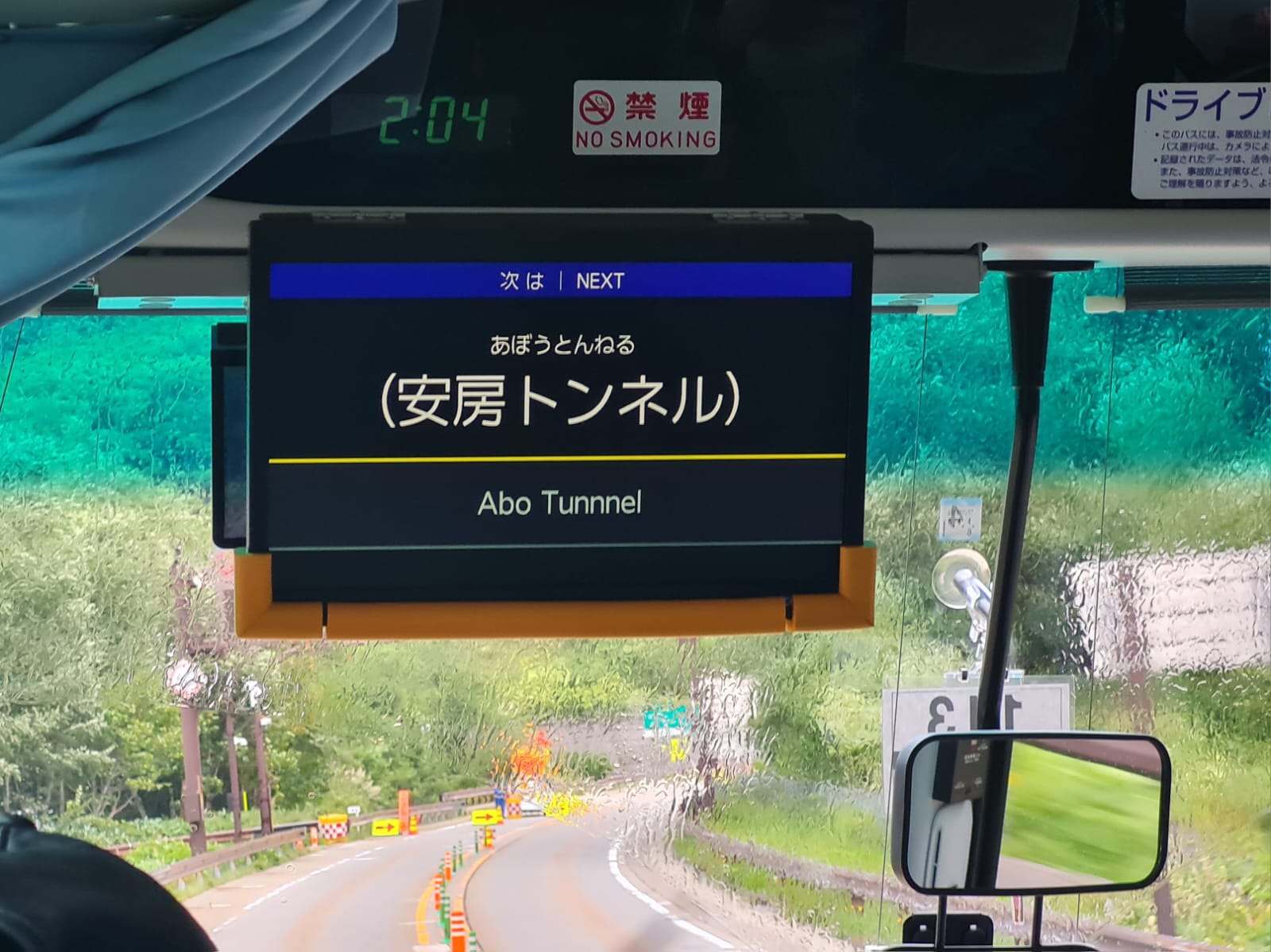








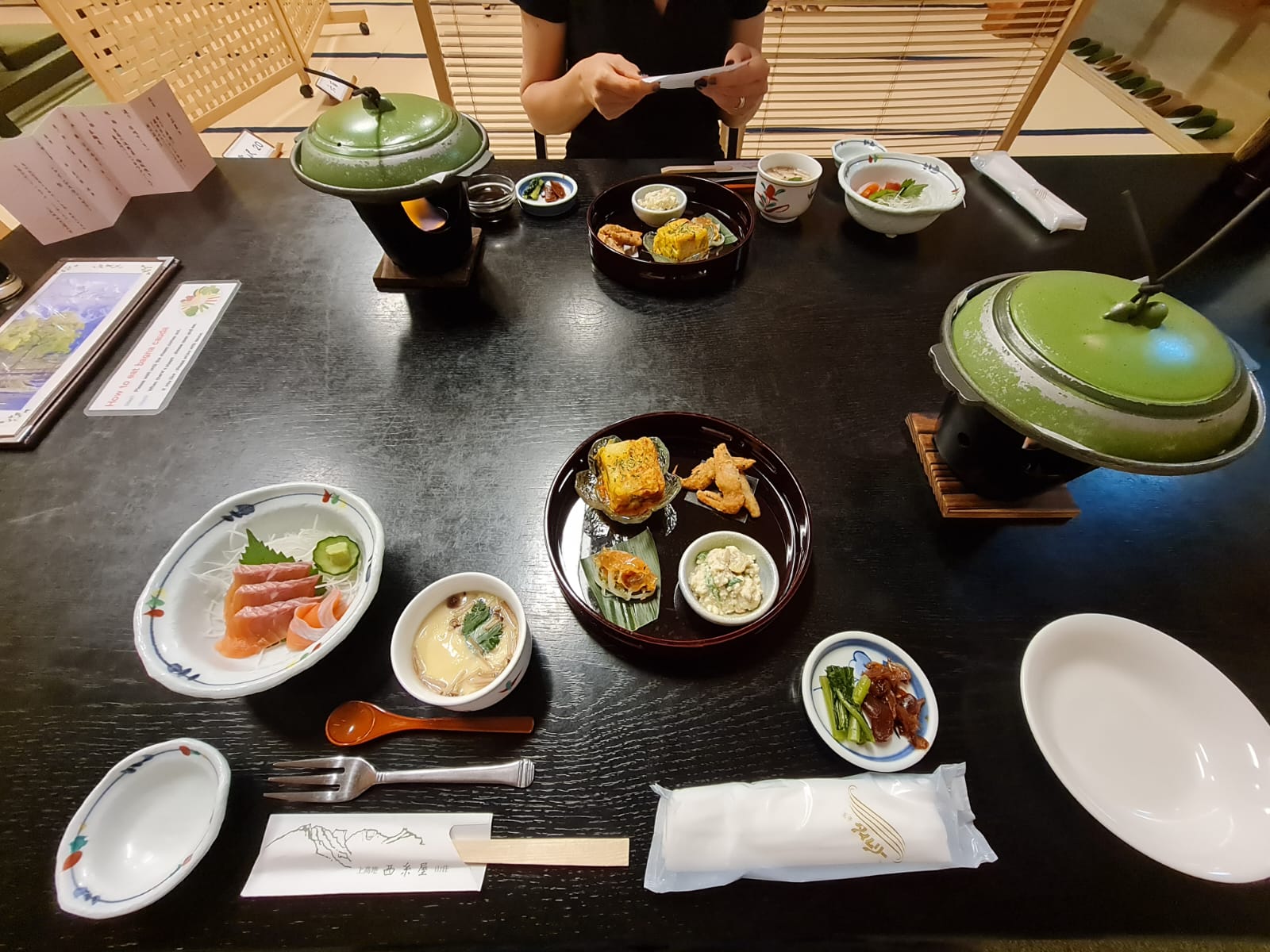


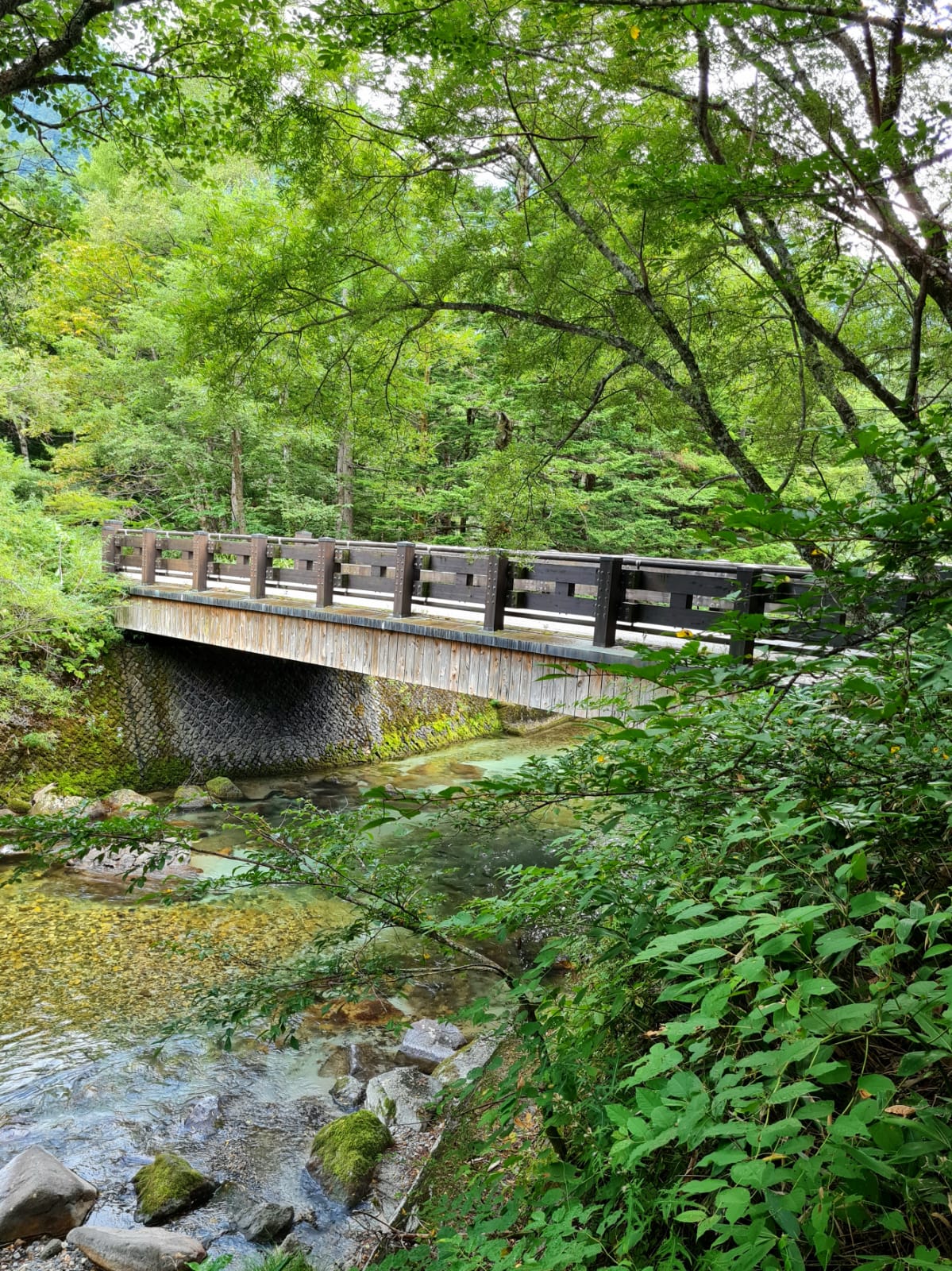

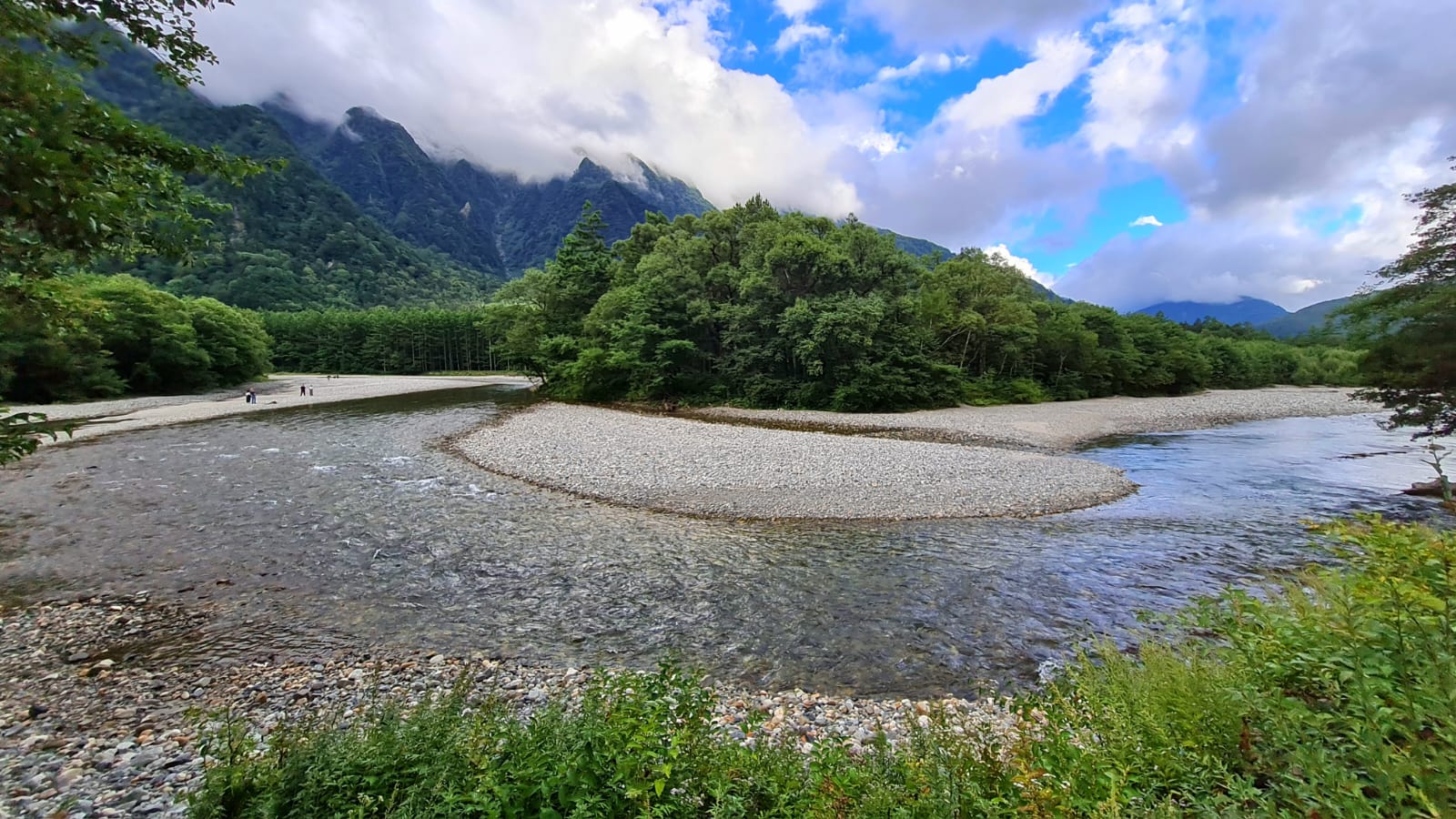









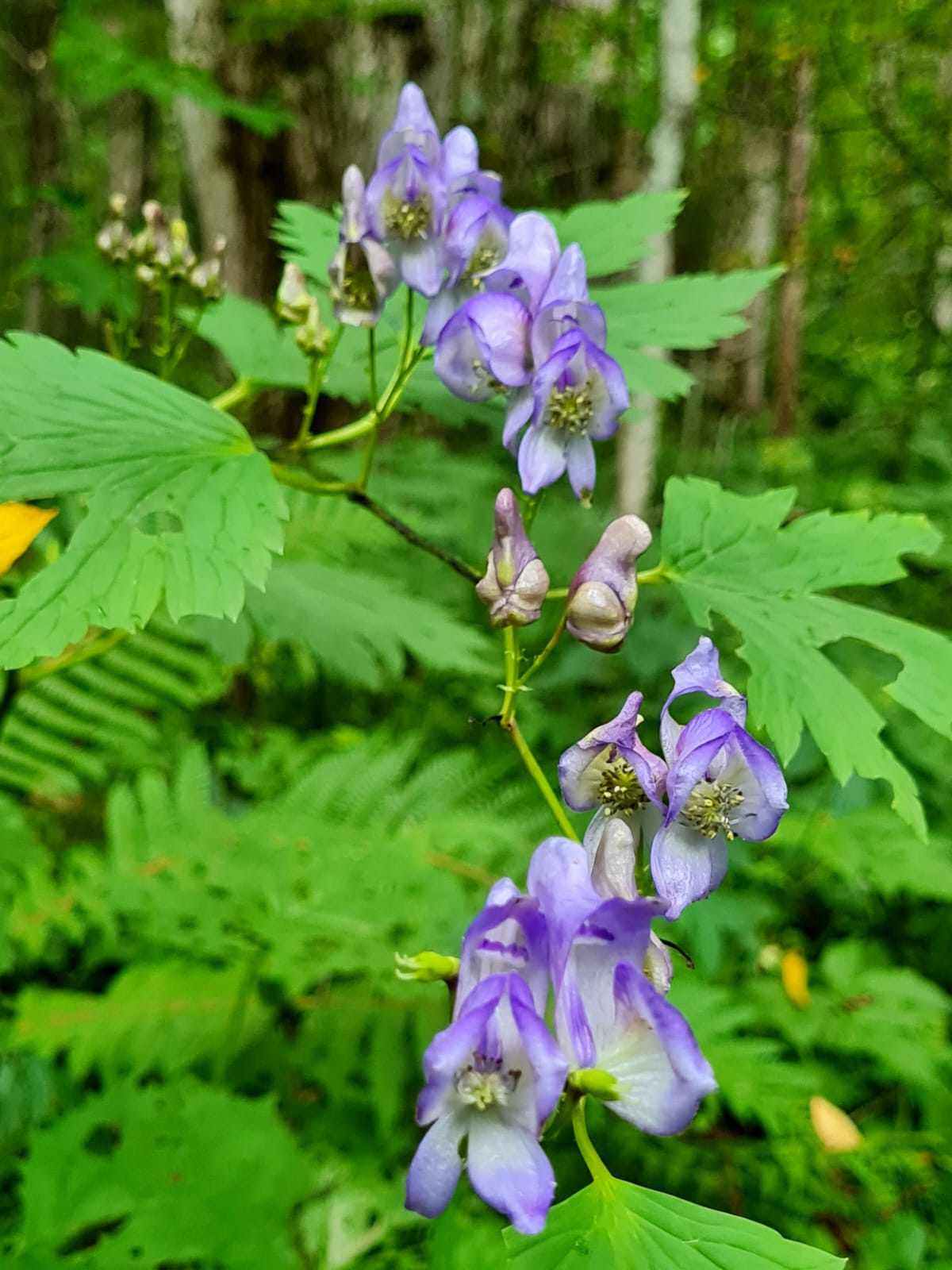
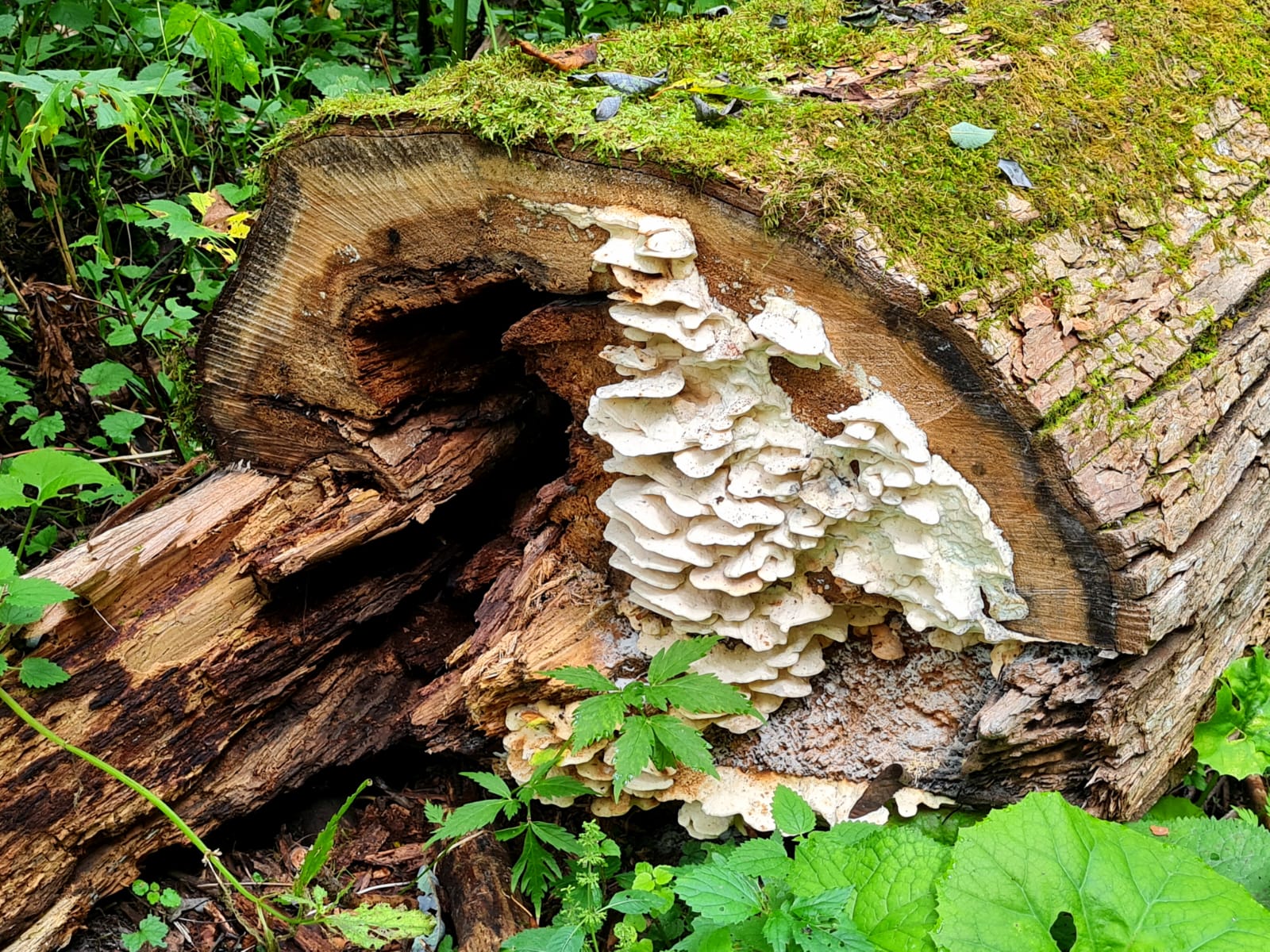




















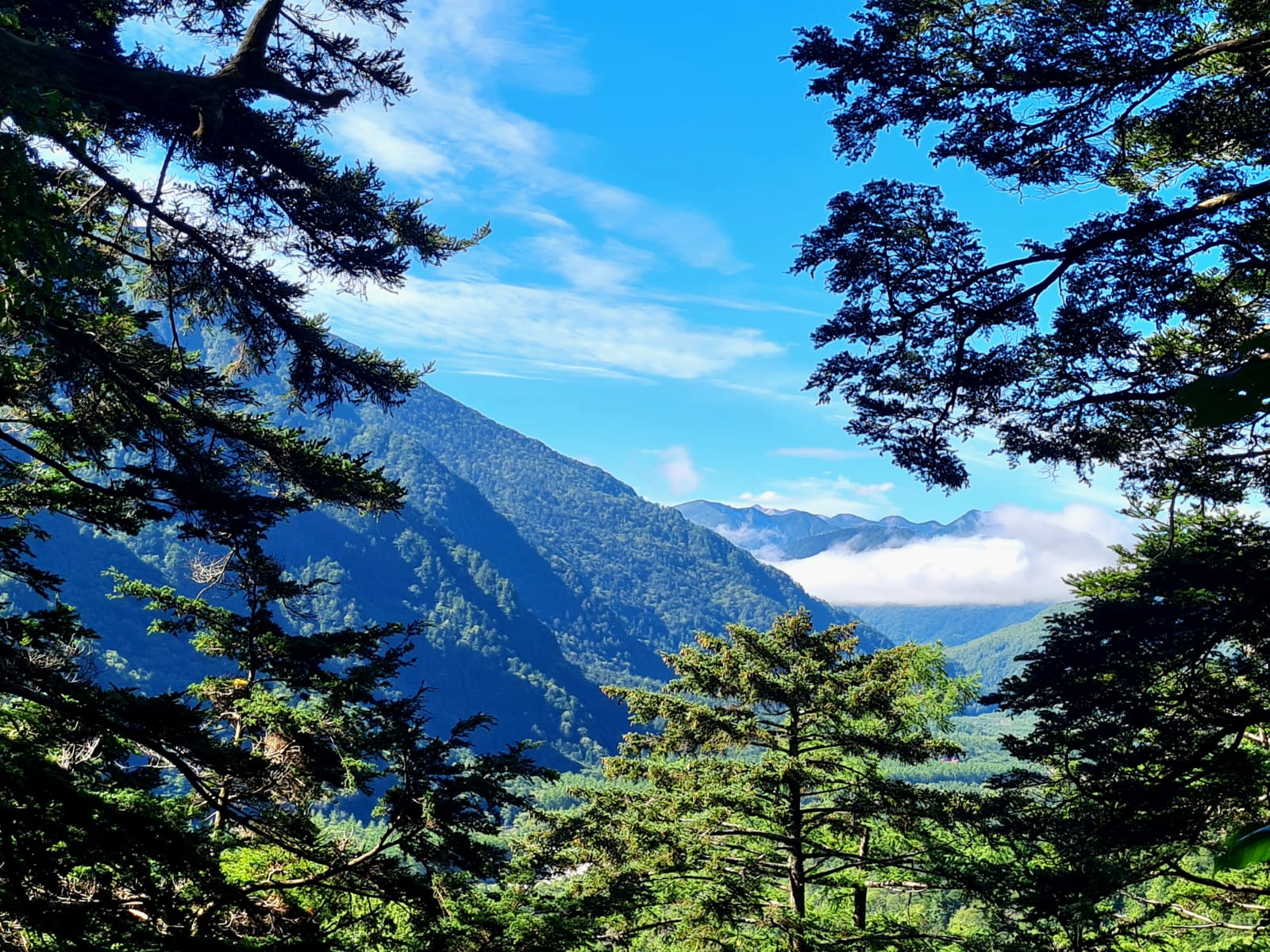


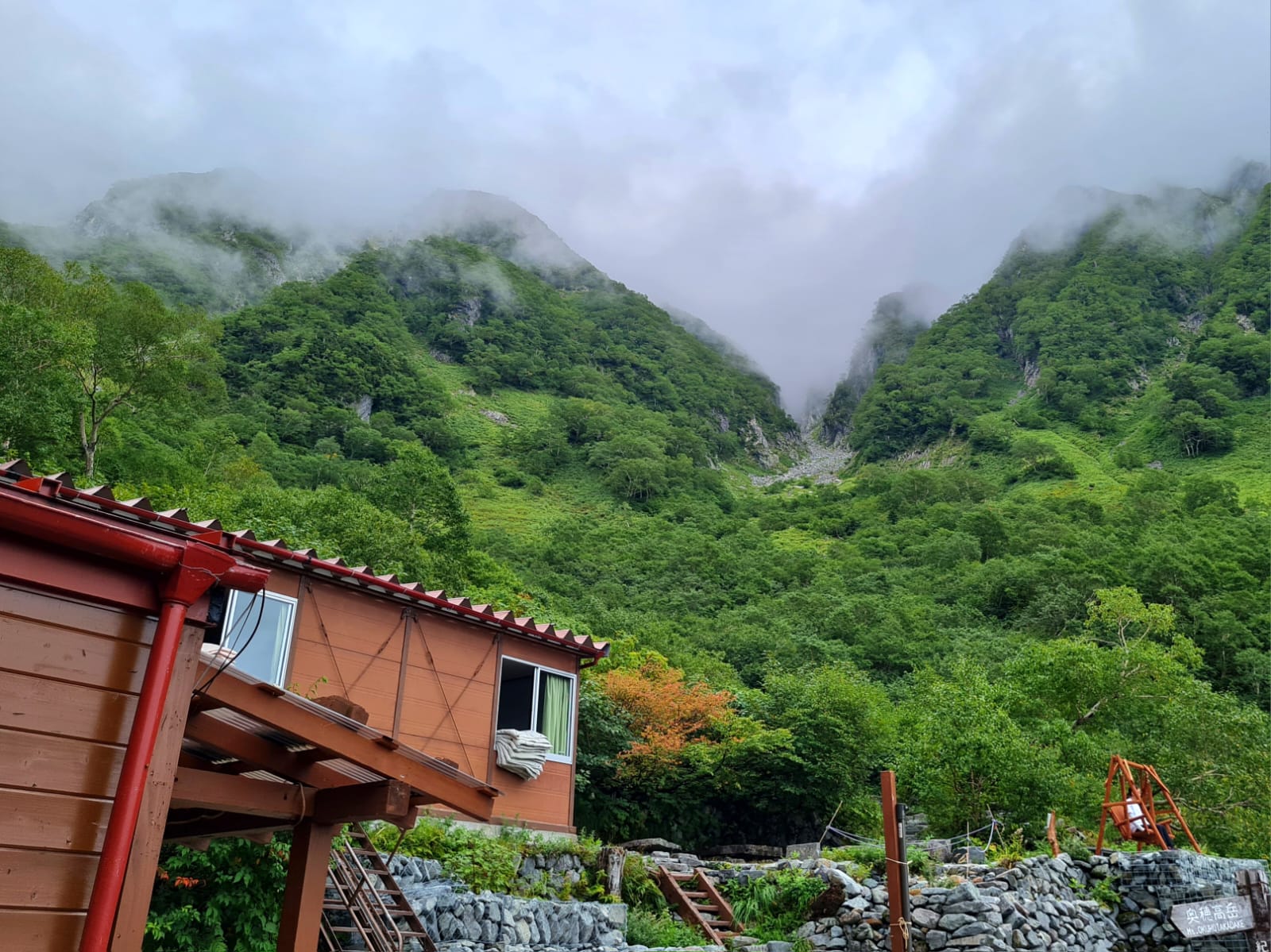

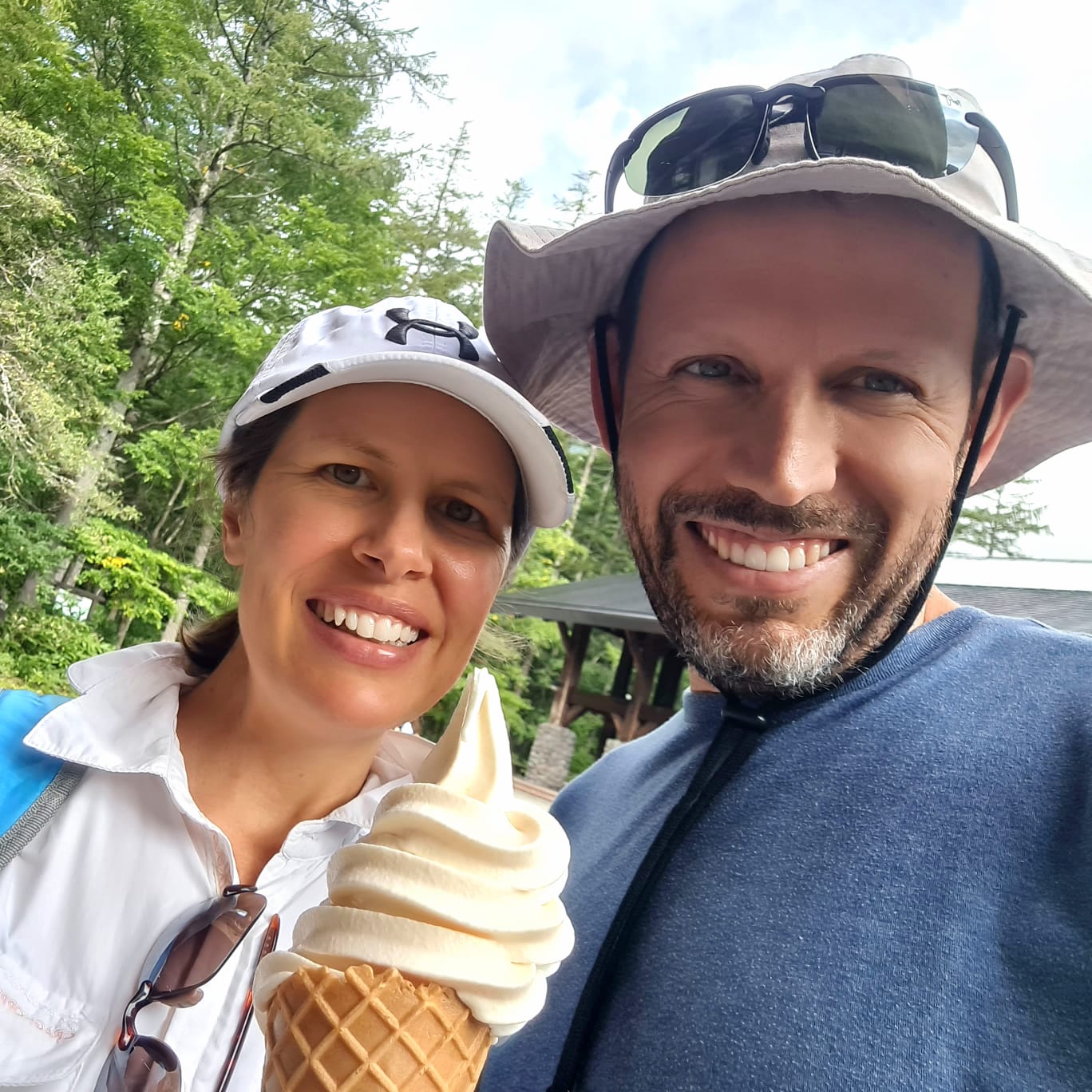







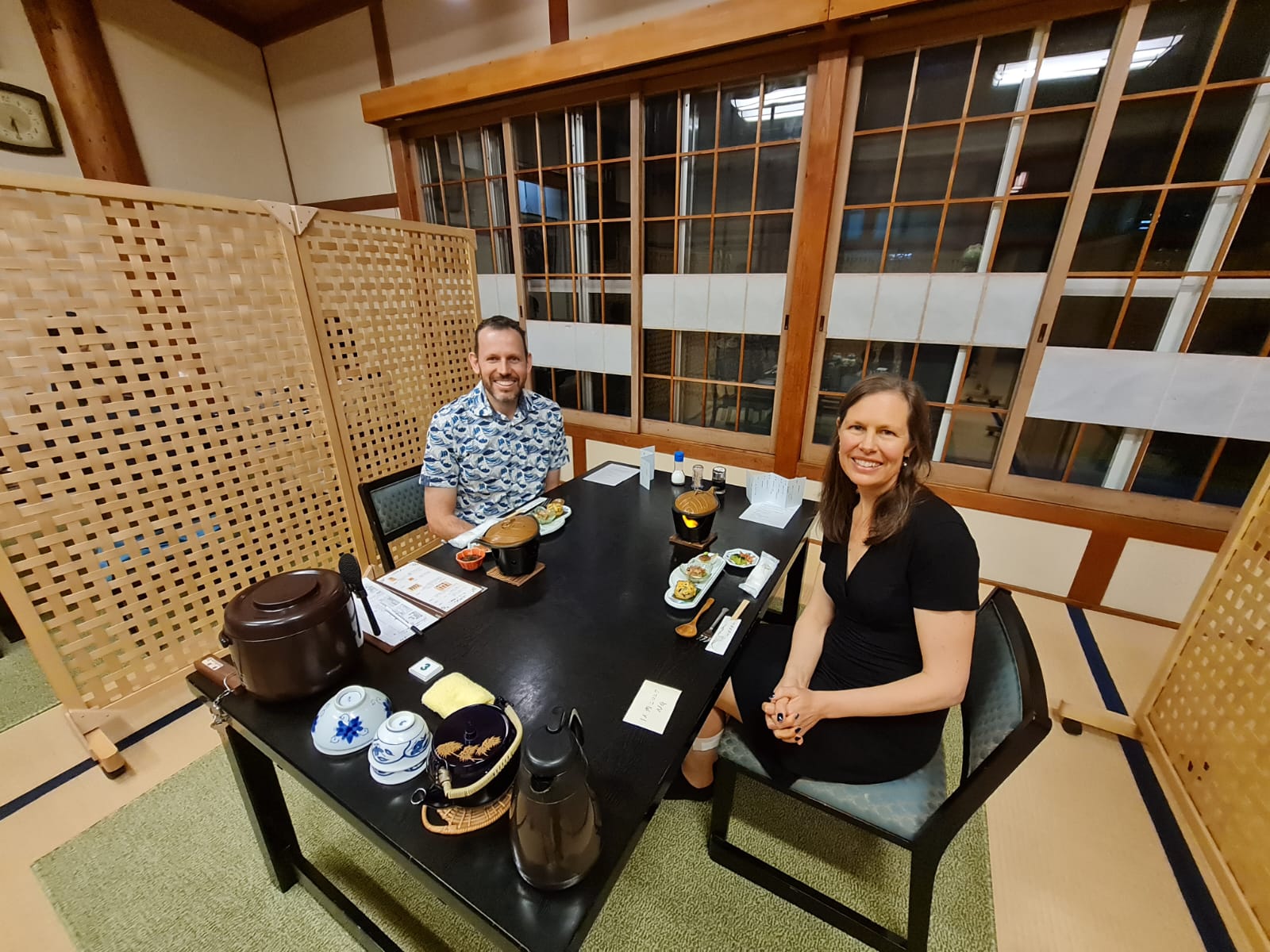




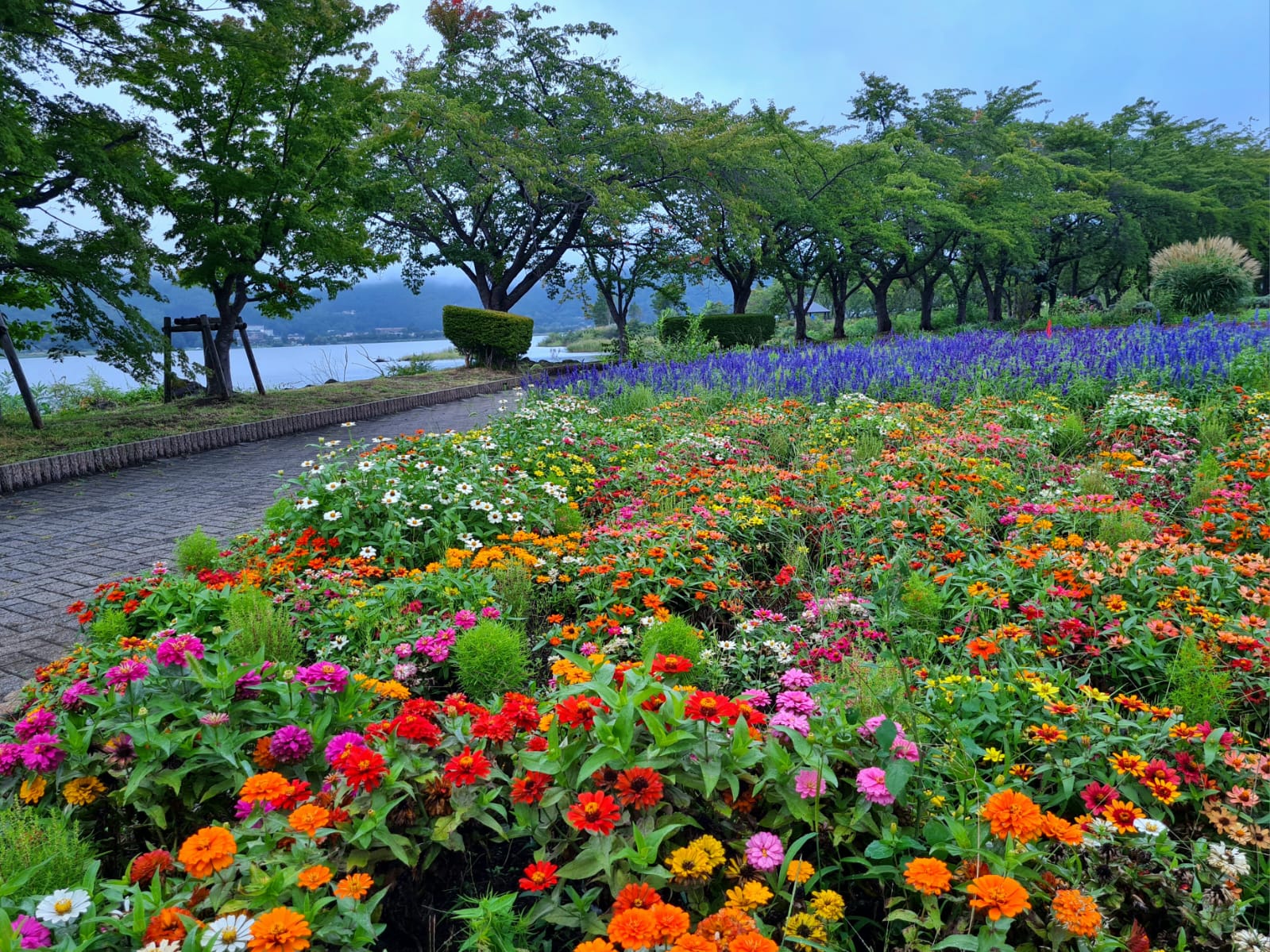


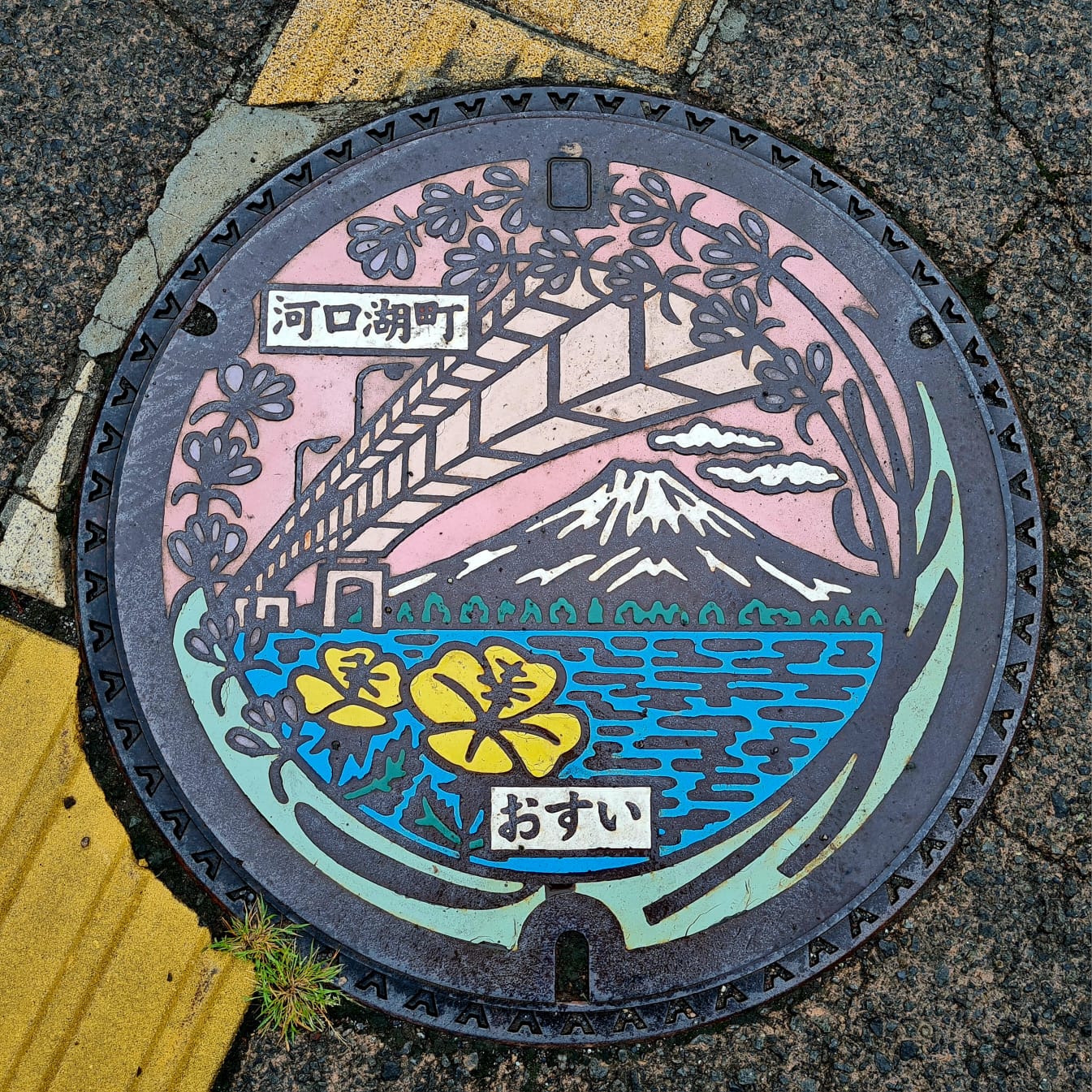




No comments:
Post a Comment